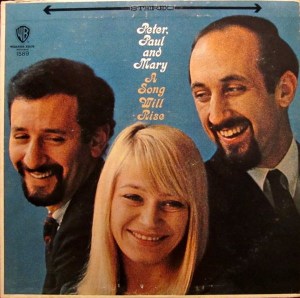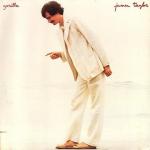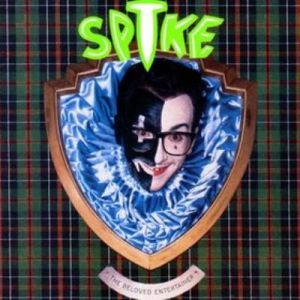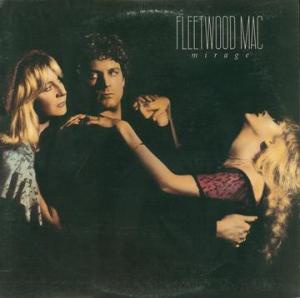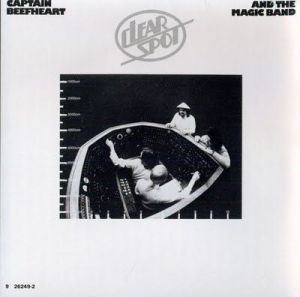
- An early Green Label pressing with outstanding sound for this inarguable JT masterpiece, earning solid Double Plus (A++) grades or close to them on both sides
- All that lovely echo is a dead giveaway that this pressing has resolution far beyond that of the others you may have heard (and of course the Rhino Heavy Vinyl), particularly on side two
- Top 100 and 5 stars: “Sweet Baby James launched not only Taylor’s career as a pop superstar but also the entire singer/songwriter movement of the early 70s that included Joni Mitchell, Carole King, Jackson Browne, Cat Stevens, and others…”
- If you’re a James Taylor fan, and what audiophile wouldn’t be?, this title is clearly one of the best of 1970 and a true Must Own for the singer-songwriter-loving audiophile
Vocal reproduction is key to the better sounding copies of Sweet Baby James, as it is on so many singer-songwriter albums from the era.
To find a copy where Taylor’s vocals are front and center — which is exactly where they should be — but still rich, sweet, tonally correct and Tubey Magical is no mean feat. Only the better copies manage to pull it off.
Out of the dozen or more Green Label early pressings we play every year, relatively few have the full complement of Midrange Magic we know the best copies can have. As a rule of thumb, the hotter the stamper, the better the vocal reproduction on that copy.
Hot Stamper sound is rarely about the details of a given recording. In the case of this album, more than anything else a Hot Stamper must succeed at recreating a solid, palpable, real James Taylor singing live in your listening room. The better copies have an uncanny way of doing just that.
If you exclusively play modern repressings of vintage recordings, I can say without fear of contradiction that you have never heard this kind of sound on vinyl. Old records have it — not often, and certainly not always — but less than one out of 100 new records do, if our experience with the hundreds we’ve played over the years can serve as a guide.
(more…)

